► Facelifted Kuga driven in the UK
► Even the PHEV is fun
► Short EV range, stonking fuel economy
If you want to know about buyers’ changing tastes, just look at the third generation Ford Kuga. Originally launched with a wide range of petrol, diesel and hybrid powertrains, that choice has been whittled down over the years. There are now just three options to pick from post 2023 facelift, none of which are diesel.
The PHEV retains the same battery as before so range is behind the best plug-in hybrids. That’s not the whole story, with fuel economy without charge always a strength of the Kuga. What has changed are the looks and a big chunk of the interior.
To see if the changes keep the Kuga fresh, I spent a few days and a few hundred miles with the plug-in hybrid. And because I’m thorough, I even tested Ford’s range claims in the real world. If you want to find out more about how we test at CAR, have a look at our explainer page.
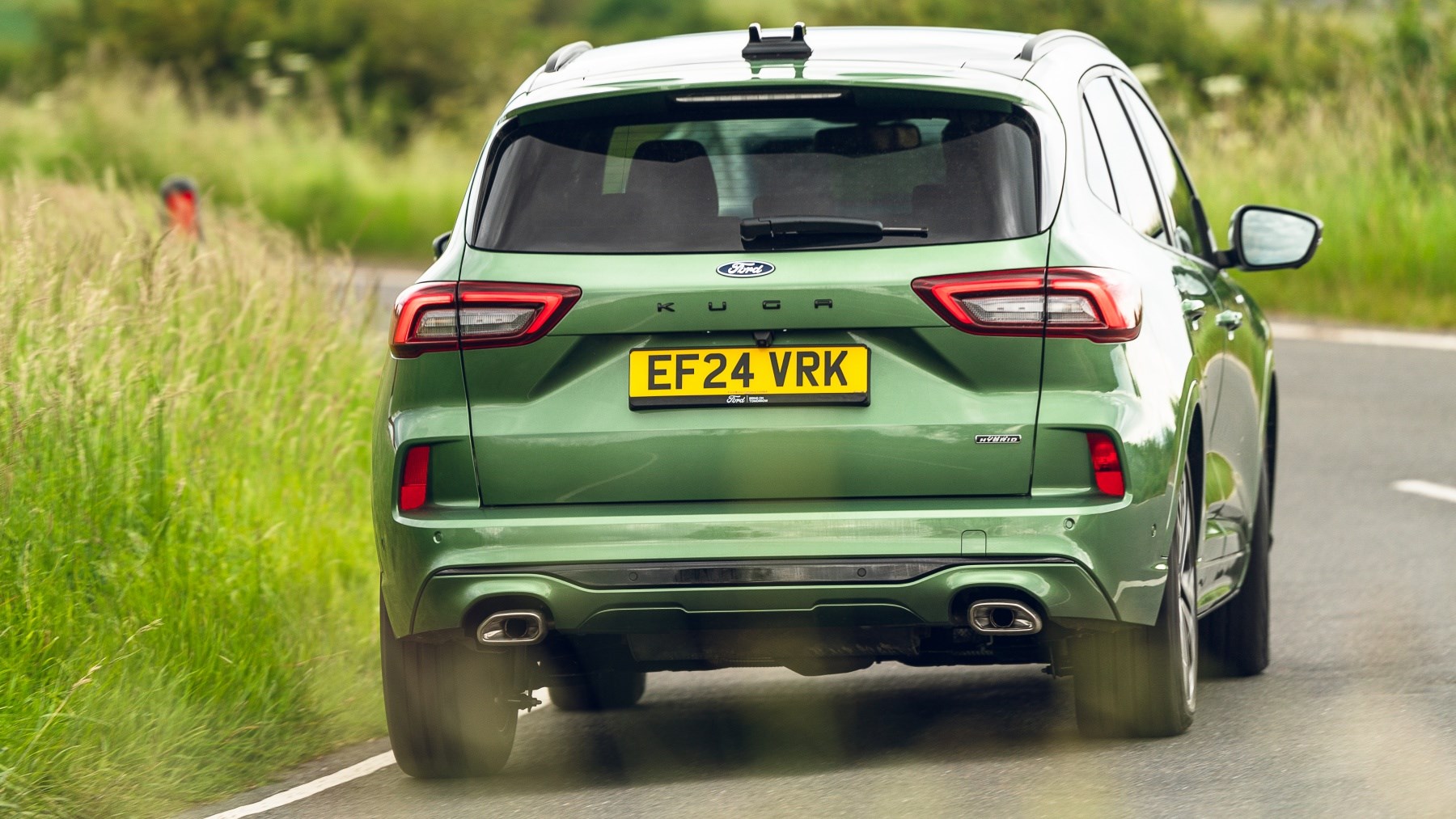
At a glance
Pros: Impressive economy, keen handling, flexible rear seats
Cons: Unimpressive electric range, low-rent interior, firm ride
What’s new?
Not a great deal if I’m honest. A new face brings it in line with the current Ford look and you get a much larger infotainment system but no physical climate controls. New wheels and colours spruce things up, and the plug-in hybrid gets a bit more power.
There’s also a new Active trim level that gets a more rugged appearance thanks to black plastic cladding and slightly raised suspension. Sadly, the plug-in hybrid doesn’t receive a bigger battery to improve the electric range.
What’s it like to drive?
Those lamenting the loss of the Focus hatchback should really have a go in a Kuga. No, it isn’t quite as sharp, but the basics are still there. The steering – if a bit too keen to self centre – has good weight build up and speed, allowing you to precisely plot your line.
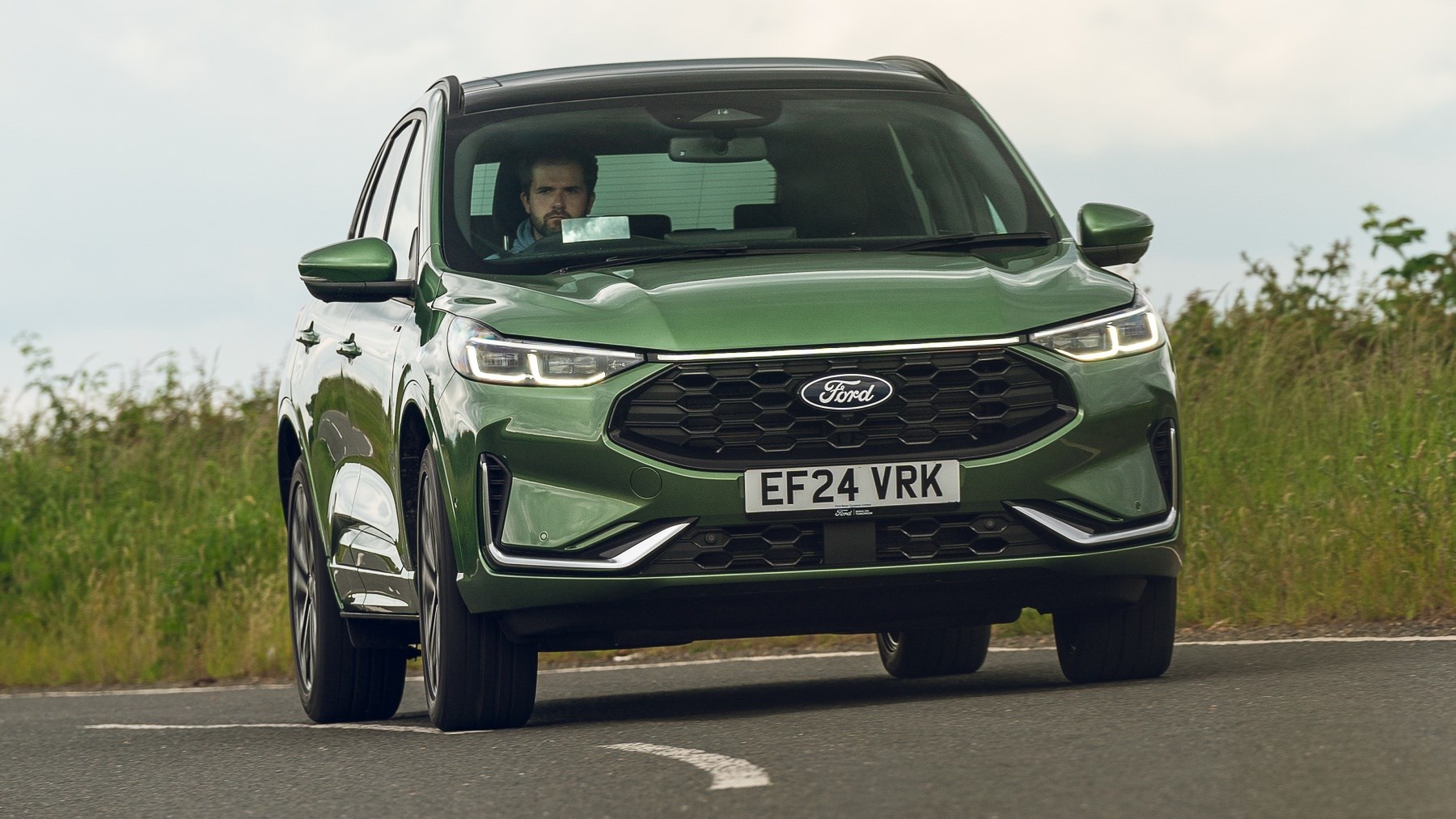
ST-Line’s lower, stiffer suspension makes for surprisingly flat and eager cornering with a pleasing balance. It’s unlikely you’ll get up early on a Sunday for a drive, although you might just take the more interesting way home from work. That’s not something you could say about many plug-in hybrids.
Power is up to 240bhp and 0-62mph takes a usefully brisk 7.3 seconds. It feels peppy on the road with hard acceleration accompanied by the engine spinning away at constant high rpm. Its smooth and usually quiet operation puts it ahead of the clunky Kia Sportage PHEV for everyday pleasantness, though. A less powerful full hybrid and turbocharged petrol are also available but significantly slower. We’ll report back when we’ve tried them.
A handling-biased suspension setup does make for a busy ride on poorly surfaced roads. Opt for a Titanium or Active for greater comfort.
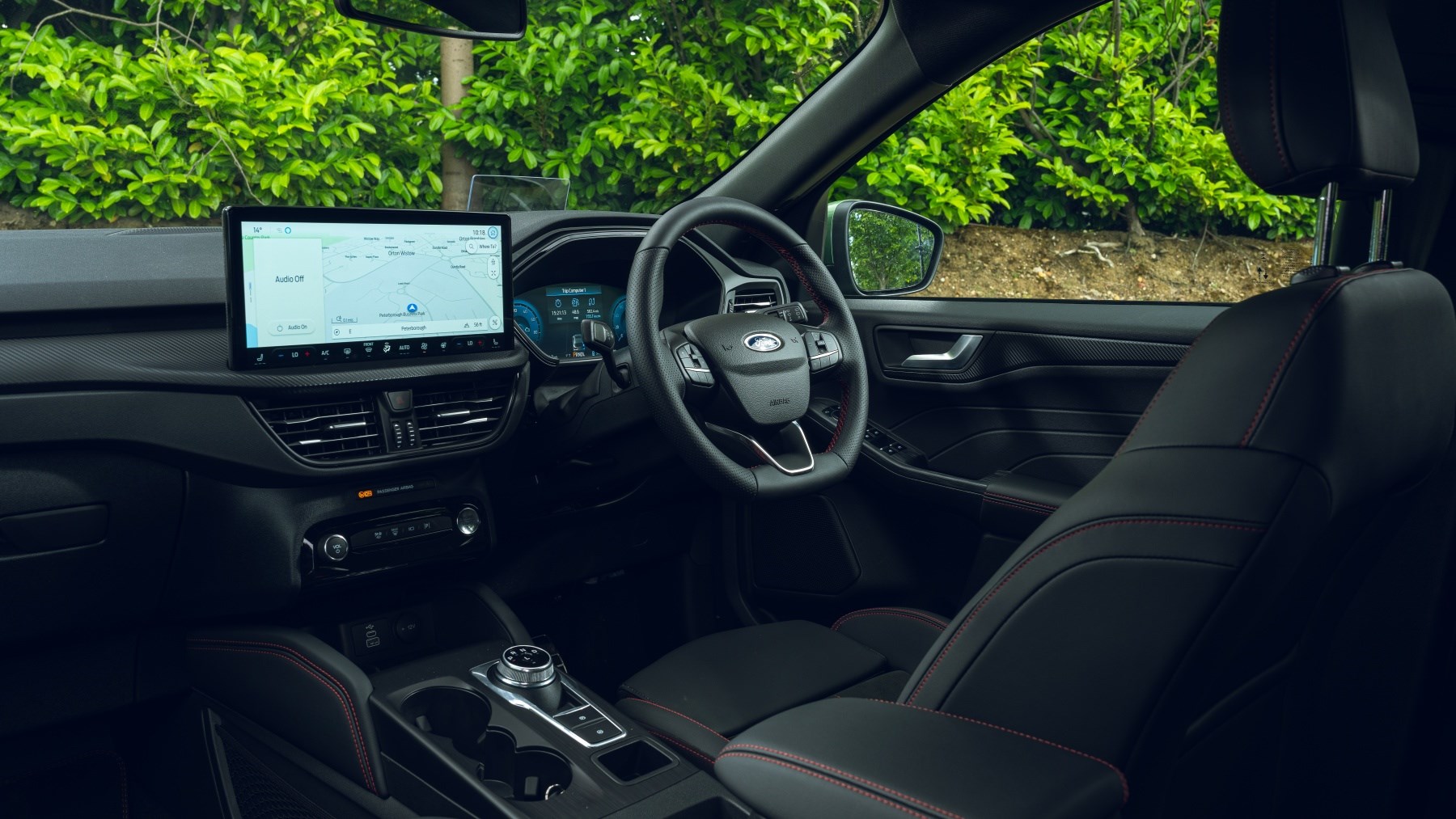
What’s the interior like?
The pre-facelift Kuga’s 8.0-inch infotainment system was rather least decade, so the arrival of a larger, sharper and more responsive 13.0-inch item is welcome. It’s mounted high which is good, but it’s not canted towards the driver, which isn’t.
A row of touch-sensitive shortcut icons sit where the physical heater controls once were. Temperature is now controlled through the screen which just isn’t as easy. At least there are no touch sensitive controls on the button-heavy steering wheel.
There’s plenty of head and legroom front and rear, assuming the sliding rear bench is in its rearmost position. The boot is a small 412-litres on all models although you can push the bench forwards to liberate another 150-litres.
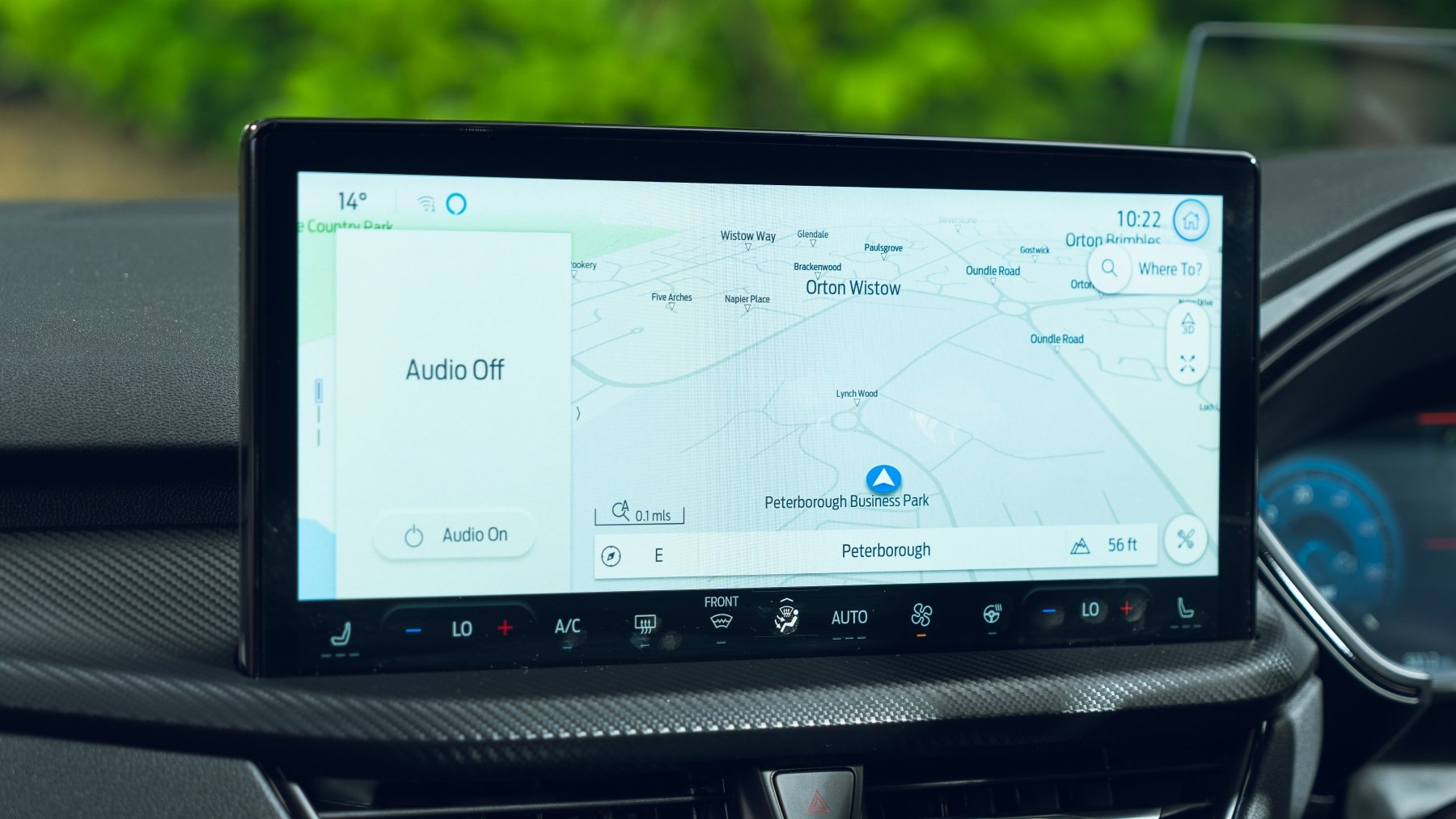
What are the specs?
Ecoboost models get a 1.5-litre three-cylinder turbo with 148bhp and an acceptable 9.5-second 0-62mph time. CO2 emissions are on the high side compared to mild-hybrid enhanced rivals such as the Volkswagen Tiguan, though. It’s the only engine available on base Titanium trim, is an option for the ST-Lines, but not Active.
Next up is the full hybrid model. It pairs a 2.5-litre four-cylinder petrol sans turbo with a chunky electric motor for 178bhp in front-wheel drive models, and 180bhp if you pick four-wheel drive. The run from 0-62mph takes 9.1 seconds with 2WD, and a far punchier 8.3 seconds with 4WD. There is a small efficiency penalty to pay, although even the 4WD hybrid is significantly more efficient than the Ecoboost.
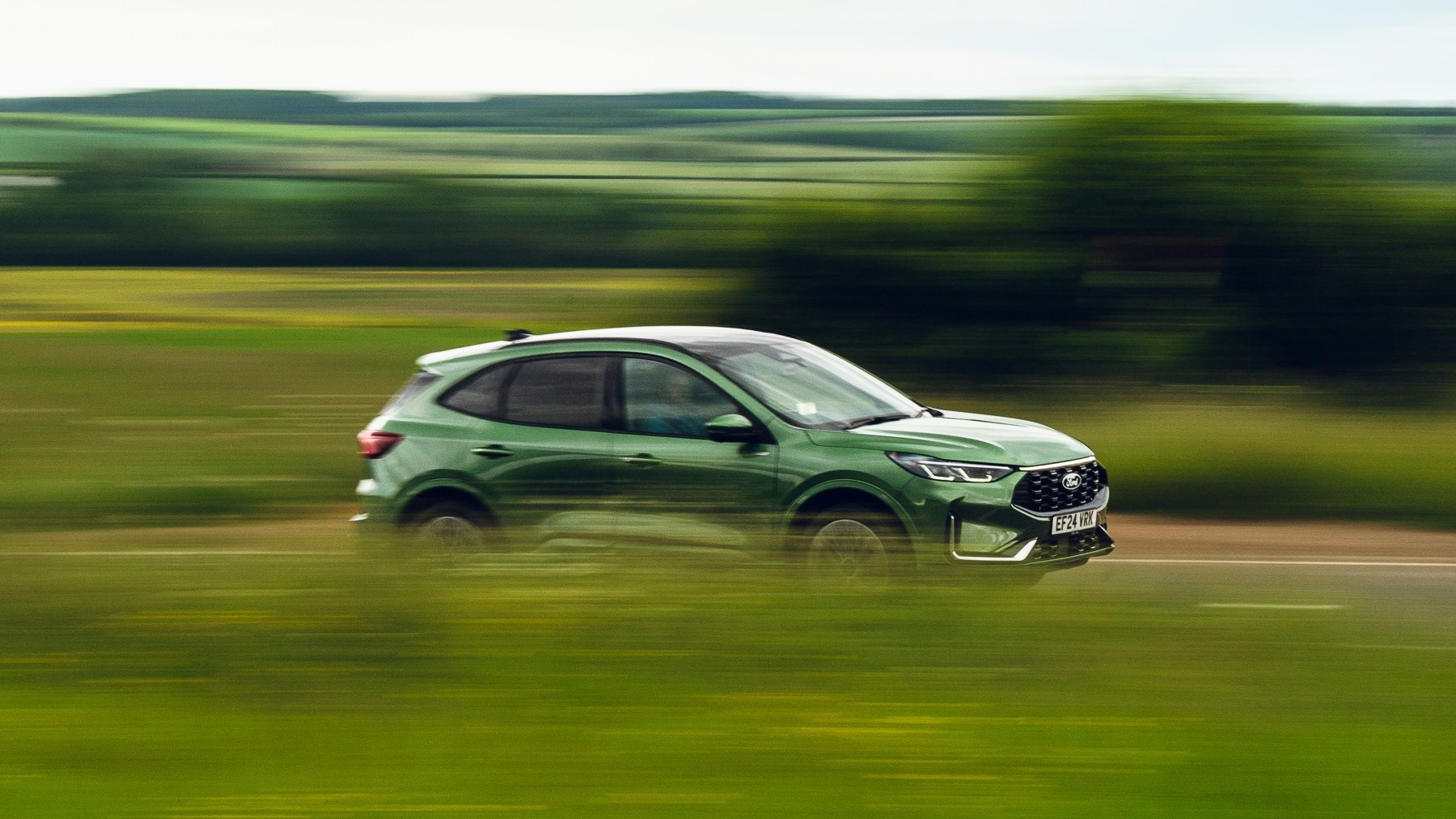
The final option is the plug-in hybrid sampled in this review. It now has 240bhp for the briskest acceleration of the range. 0-62mph takes 7.3 seconds, and it’s the cheapest for company car tax. The claimed and real world electric ranges are a bit off the pace – just over 40 and 30 miles respectively – although economy with a flat battery impresses. 50mpg is easily acheivable.
Trims and rivals
There are four trims to pick from post facelift. Titanium kicks off the range with a decent level of equipment but not much in the way of engine choice. ST-Line gives you the choice of all engines and adds loads of extra equipment, with ST-Line X adding a panoramic roof and heated seats front and rear.
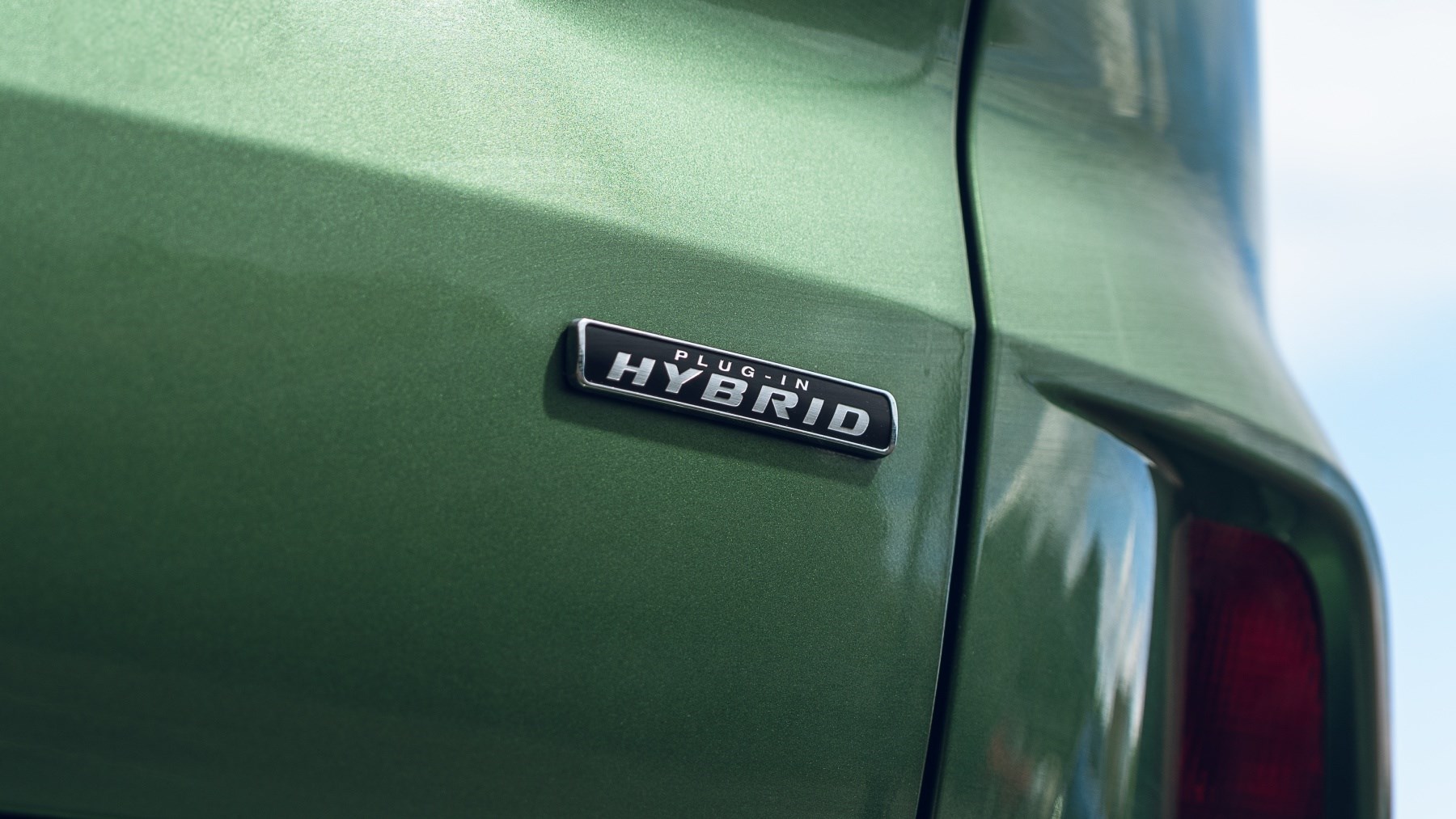
Plain ST-Line is a tempting choice for those that appreciate sharp handling. Those that value comfort more should look to the new Active trim. It has all the useful kit of ST-Line but with raised and therefore softer suspension with a more rugged look.
Rivals include the recently refreshed Volkswagen Tiguan and its seriously impressive all-electric range, the flexible Skoda Karoq, and the Peugeot 3008. You might also want to consider pure EVs such as the Renault Scenic.
2024 Ford Kuga: verdict
There’s an awful lot to like about the Kuga, although I can’t help feeling like Ford could have done even more. It’s become fairly common for manufacturers to increase battery capacity come facelift time, improving efficiency and lowering company car tax bills. Why this wasn’t done with the Kuga is beyond me.
However, while I’d like some nicer plastics and my heater controls back inside, there is still an awful lot to like about the Kuga. Its flat battery economy is some of the best sampled by CAR magazine on a PHEV, and there is a real sense of fun to the way it handles.
Although you won’t be grinning quite so much in a Tiguan eHybrid, it is on balance the better PHEV. Economy is still good, you nearly double your real-world electric range, and it’s significantly more pleasant inside.